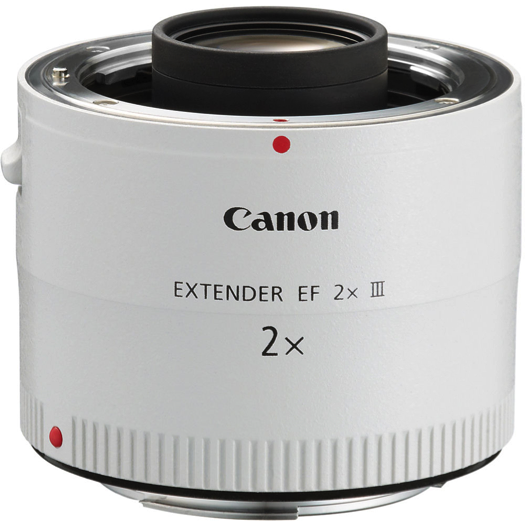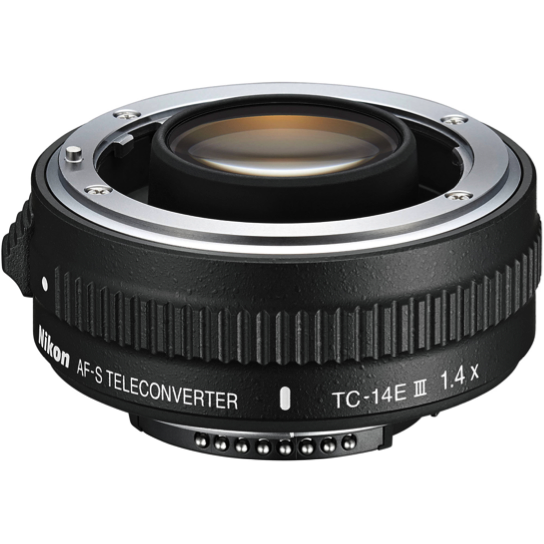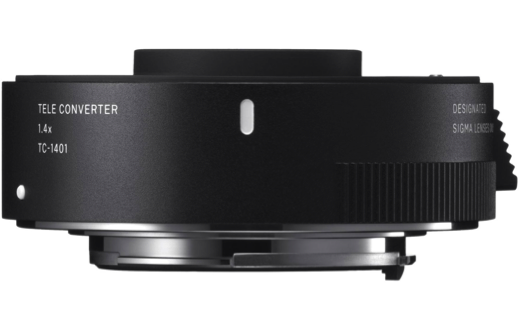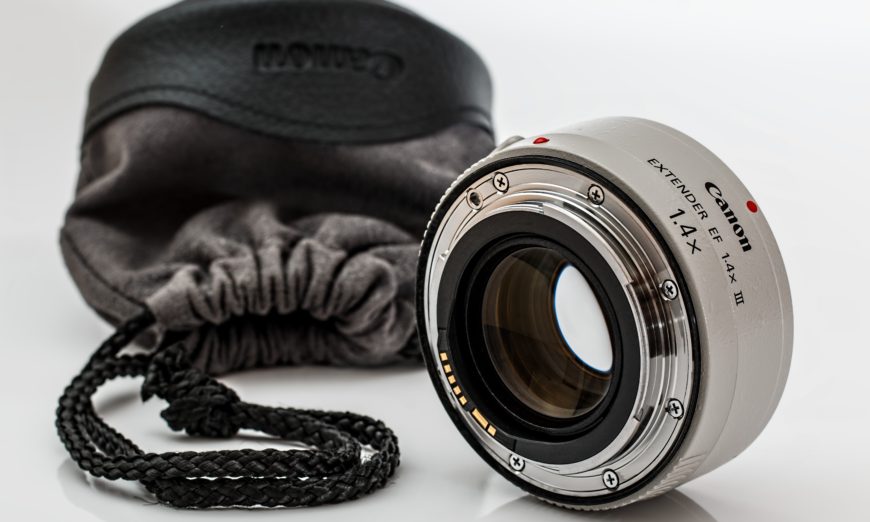We all want longer lenses, particularly those of us who photograph birds, wildlife and sports. We also know that the longer the lens, the more likely it is that the lens will get really expensive and much more heavy. Although longer lenses create great images, they may get used less often than more general-use telephoto lens.
Enter the teleconverter.
History
Back in the ancient times of manual focus and film, the number of good-quality long telephoto lenses was small. There were lots of third-party offerings, most now having faced a well deserved expiry because their quality was questionable. At the same time, we saw a boom in teleconverters that promised double, and even triple, the focal lengths. Sadly for the most part these teleconverters could be bested by cutting the bottom off of a glass coke bottle and a reputation for being awful was born.
Today
There are far fewer lens line-ups today, and even fewer teleconverters. Those that do exist bare little resemblance to the teleconverters of old, so, if you have a bad opinion of teleconverters, suspend your disbelief for a moment as things have changed, and to your benefit.

Figure 1 : Canon’s current 2x teleconverter
What Does a Teleconverter Do?
At the simplest level, a teleconverter increases the image circle produced by a lens, thereby pushing a cropped-in view onto the sensor. Teleconverters work with long focal length lenses and nearly never work with a wide angle lens, not that there would be much, if any benefit to doing so.
Teleconverters, the good ones at least, are complex optical designs and are often matched to specific lenses. OEMs only ever recommend their own teleconverters be used with their own lenses, although there is cross-compatibility to some extent, but one must be cautious about successful mounting at all times.
A teleconverter cannot extend into the camera body such that it impedes operation of the camera. Moreover, the front of the teleconverter can never interfere with the movement of the rear group of elements in the lens used. To do so would be very damaging to both pieces.
Teleconverters will pass focus and aperture information via electronic contacts, and through-the-lens metering is not negatively impacted.
Common teleconverter options today include 1.4x and 2.0x teleconverters.

Figure 2 : Nikon’s current 1.4x teleconverter
How Do They Help?
Let’s use the example of a teleconverter on a 70-200 f/2.8 zoom lens. If a 1.4x teleconverter is used, the lens now delivers a focal length range of 98mm to 280mm. Because of the increased light loss due to the extra glass, the user will typically find a light loss at the meter of about 1EV or 1 stop. So to gain that additional 80mm at the long end, you also move from a maximum aperture of f/2.8 to f/4. The same lens, used with a 2x teleconverter, acts like a 140mm to 400mm lens, but the increasingly complex design cuts about 2EV of light at the meter, so that f/2.8 lens now behaves as if it has a maximum aperture of f/5.6
While to some, this sounds like a horrible bargain, one should remember that you now have a 400/5.6 for only the cost of the teleconverter, far less than a dedicated 400mm lens would cost you.

Figure 3 : Sigma’s 1.4x teleconverter
Most modern autofocus systems can handle autofocus so long as the maximum effective aperture is no smaller than f/8. Not all focus points will likely work, but long lenses require precision holding or the use of a tripod. In my use cases, I could not ever afford a 1000mm lens, even if Canon made one. I can use my 500mm f/4 with either a 1.4x teleconverter, or a 2x teleconverter and have the lens both mount, and autofocus well. On a full frame, that’s a 1000mm f/8 and I cannot handhold that reliably so it goes on a tripod but it also means I can get an image that I otherwise would not be able to get.
Potential Downsides
Some will argue that you are better to crop in post than use a teleconverter. This could be true if you only printed 4×6 images or low resolution for the web. I print and am not willing to throw away 50% of the pixels in my image if I do not have to. I would rather start with the maximum number of pixels possible with which to work.
It’s true that some of our kit zooms are too slow to work with a 2x converter, and that a 1.4x converter would cost more than the kit zoom itself. This is absolutely true and I cannot recommend placing a $500 teleconverter on a $200 lens. If, however, you have purchased higher quality and faster glass, a teleconverter can be a light and inexpensive addition to your camera bag, giving you options for a purchase price that no other tool would do.
There are a number of sites that say even modern teleconverters are optically poor. There is no argument that more glass has a deleterious effect on images, but since I actually shoot both in production, I do not find the impact horrible. The 1.4x are less complex, and deliver better image quality than the 2x consistently, as one would expect. Yet I have found basic “protective” filters do more damage to an image’s quality than a brand name 2x teleconverter. It would be a lie to say that there is no image deterioration – it exists, particularly at the edges – but post processing will go a long way to correct this, and some tools such as DXO optics have profiles specifically for select lenses with select teleconverters on select bodies.

Figure 4 : Canon 500/4L on Canon 2x series III teleconverter on Canon 7D Mark II – effective focal length 1600mm
Summary
Before you go dropping huge sums on long focal length lenses that you may not use all the time, consider the idea of adding a teleconverter to your bag. You may find, that this simple and lightweight tool provides the reach you are looking for, without incurring significant cost.
Until next time, peace.




